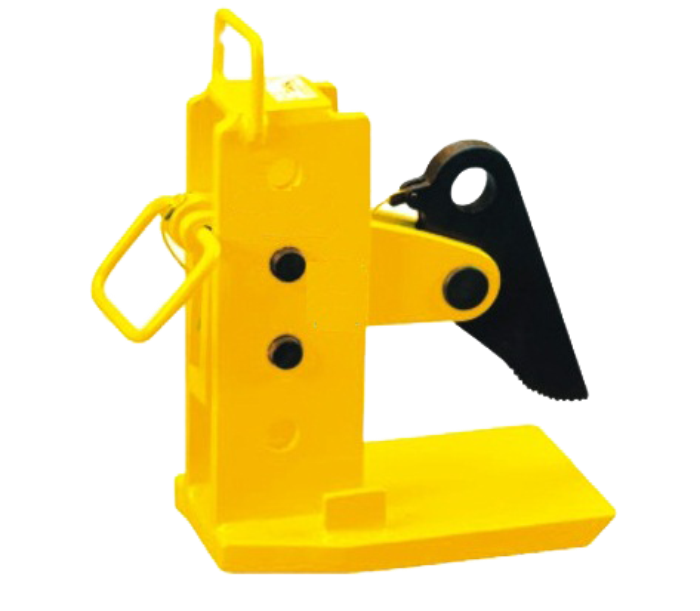The development of artificial intelligence in the future can be coordinated in many aspects.
In order to achieve this vision, the industry has been actively exploring for many years, and some early solutions have begun to bear fruit. Governments and organizations are also actively developing strategies to promote the development of artificial intelligence to solve some of the challenges we face. China, India, the United Kingdom, France and the European Union have already developed formal artificial intelligence planning. We need more artificial intelligence strategies at the national level, and finally let the government, industry and academia cooperate to promote the long-term development of artificial intelligence. So how can government and industry organizations help promote the development of artificial intelligence? In response to this problem, it is recommended to give priority to the following three points:
education
Beginning in elementary school, the school system should consider artificial intelligence and develop relevant educational programs when designing courses. Earlier in this area, the Australian National University is developing an artificial intelligence degree program. Intel's senior researcher and Australian computer science professor Genevieve Bell pioneered the design of this course. We need to see more such courses appear in the course. In school. Schools can also take some transitional measures to better implement STEM (science, technology, engineering, mathematics) education from early education. In addition, for example, reducing the tuition fee for data scientists or adding more degree programs to them will be a way to cultivate more talents, and we urgently need these talents to fully realize the artificial intelligence effect.
On the other hand, we have to think about the problem from the perspective of human beings themselves. For example, most schools teach students the basic typing skills or computer skills. In the future artificial intelligence society, schools need to teach students to "guide computing" skills so that they can better use the machine to work in the future. Because in the future where AI is widely used, a lot of work will certainly be automated, so it is very important to continuously strengthen the skills that only humans can possess.
Research and development
In order to develop an effective policy, action should be taken from the perspective of artificial intelligence. One of the best ways to do this is to vigorously develop and increase R&D investment. Countries such as the United States and Europe are advancing project plans for interpretability of algorithms; in the UK, with government funding, researchers are investigating the use of artificial intelligence for early diagnosis of diseases, reducing crop diseases, and providing them in the public sector. Digital services and more. These practices are all worthy of recognition, and they are also good for human development.
Different countries and industry organizations should proactively develop effective methods to promote collaboration between humans and artificial intelligence to ensure the security of artificial intelligence systems, and should develop shared public data sets and sharing that can be used for artificial intelligence training and testing. surroundings. Through the collaboration of government, industry and academia, many of the artificial intelligence challenges we face will be solved.
Regulatory environment
Artificial intelligence also has an impact on the legal and regulatory system. There are countless legal policies on accountability, privacy, security, and ethics, and artificial intelligence can play a role in these areas. Before making laws and regulations, thorough discussions are needed. If arbitrarily banned all forms of artificial intelligence because of the definition of laws and regulations, this will hinder the overall development of the artificial intelligence industry. In this regard, we can take active measures as soon as possible to promote the openness of data in a responsible and safe manner, and vigorously promote the progress of deep learning and artificial intelligence development.
In the healthcare sector, the openness of data will have a significant impact. Medical records, genomic data sets, medical research and treatment plans that conceal specific identity information can provide a large amount of data, providing artificial intelligence with the insight it needs to help humans in mental health, cardiovascular disease, drugs Breakthrough findings in treatment and other aspects. Under the premise of protecting privacy and security, if researchers are allowed to jointly access data in distributed repositories located in different workstations, this will make artificial intelligence play a very important role in the construction of human health.
Although we are full of expectations for the future of artificial intelligence, it is still a long way forward. This requires the joint efforts of the three circles of politics, production and learning. We look forward to the day when artificial intelligence will bring more positive effects to human life.
Lifting clamp
Details:
1. Use: Apply for steel-plate horizontal or vertical hoist and overturn of the section steel
2. Loading range: 0 to 10 ton.
3. It is manufactured by low-carbon hi-quality alloy steel forging.
4. Rated load caused by 1 tests is regarded as the standard, during the hoist, can use one crane, but during the horizontal hoist, must add the beam.
5. During the hoist, hung articles are forbidden collision.
6. Test load is the max, operation load of 2 times.
7. Don`t overload to use.
Our Services
1.Client
We treasure and try to understand all the different needs of our clients and seek to forge a long term professional relationship with them. The satisfaction of each and every customer is our main goal and motivation in conducting our business.
2. People
We work as a team and treat each other with respect. Our solid, capable and knowledgeable team is valued as the greatest asset and an integral part of the business.
3. Product
Our products are of HIGH quality standards and always come with certificate of compliance by the manufacturers.
4. Performance
We aim to achieve high level of performance and satisfaction to both our client and people, which include delivering high quality services and treating people with integrity.
5. Free sample and OEM service
We can provide free samples to you and we also have OEM service, we can put your logo on the label and the information you need on the webbing too.


Horizontal Lifting Clamps,Lifting Clamps For Plates,Vertical Lifting Clamps,Adjustable Lifting Clamps
Hebei Liston Lifting Rigging Manufacturing Co., Ltd. , https://www.liftingriggingfactory.com